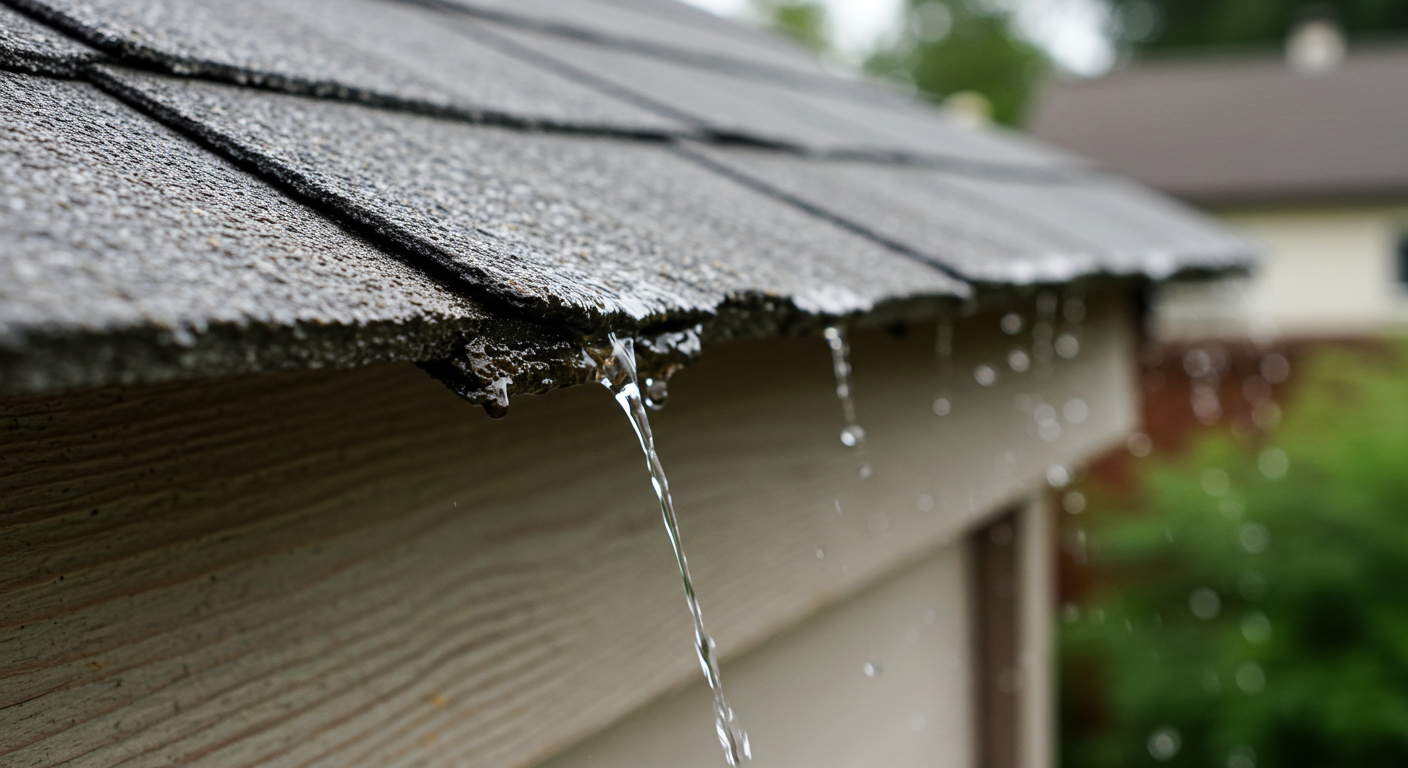Water leaks are among the most daunting challenges homeowners face. Not only can they lead to significant structural damage, but they may also pave the way for other concerns such as mold growth and skyrocketing water bills. This guide aims to help you identify these leaks and take proactive measures to keep your home safe and dry.
Types of Leaks in Your Home
1. Roof Leaks
Over time, your roof may develop weak spots that allow water to infiltrate your home. Roof leaks can result in devastating damage to ceilings, walls, and insulation, and spotting them early is crucial. Look for signs such as water stains, visible mold growth, or damp patches that could signal an issue. Additionally, performing regular roof inspections and maintenance can help catapult your home’s protection against the elements.
2. Leaky Faucets
A seemingly innocuous dripping faucet can be a source of significant water waste and damage. Over time, that persistent drip may not only waste precious resources but also create the perfect environment for mold and mildew to thrive. If you notice a tap that won’t stop trickling, it’s time to take action. Usually, replacing washers or O-rings will solve the problem and restore your peace of mind.
3. Pipe Leaks
Pipe leaks can occur for a multitude of reasons, including corrosion, high water pressure, or even freezing conditions. These sneaky leaks often hide behind walls or beneath floors, making them challenging to detect. Keep an eye out for wet spots on walls or ceilings, an unexpected spike in your water bill, or the eerie sound of running water with no one using the taps. If you suspect a pipe leak, it’s crucial to consult a professional to assess and repair the issue.
4. Toilet Leaks
Toilets are another frequent source of leaks. A leaking toilet can lead to water seeping into the floor and long-term structural issues. Look for puddles around the base or listen for the faint sounds of running water when the toilet is not in use. Most toilet leaks are caused by faulty flapper valves or corroded components, and addressing these quickly will save both water and money.
5. Appliance Leaks
Household appliances like dishing machines, washing machines, and water heaters can be notorious culprits behind unwelcome leaks. Regular monitoring is key; check for pooling water around these devices, and ensure that all hoses and connections are secure and undamaged. If you notice any signs of wear, consider replacing them to avoid a flood of problems later on.
6. Basement Leaks
Basements, being underground, are particularly vulnerable to water leaks mainly due to their proximity to groundwater. Basement leaks can result from inadequate drainage systems, foundation cracks, or heavy rainfall. Signs to look for include damp walls, musty smells, or visible mold growth. For effective management, having a sump pump installed can help mitigate flood risks significantly.
Effective Solutions for Leak Prevention
Regular Maintenance: Your Best Defense
One of the most effective ways to prevent leaks is through regular maintenance. Ensuring that all pipes, joints, and appliances are in good condition can stave off future problems. Conduct periodic inspections of your plumbing system, and replace worn-out components promptly. Don’t underestimate the power of having a maintenance checklist to keep yourself organized.
Professional Assistance: When to Call for Help
While some leaks can be addressed with DIY efforts, know when it’s time to call in the experts. Complex issues, such as burst pipes or severe leak damage, require the expertise and tools that only a professional plumber can provide. Seeking help promptly can save you time, stress, and potentially thousands of dollars in repairs.
Emergency Measures: Immediate Actions
In the unfortunate event of a leak, swift action is your best ally. Start by shutting off the main water supply to halt further water flow. Locate the source of the leak if it’s safe, and try to contain it. Use towels or mops to absorb water, and if necessary, contact a professional water extraction service to assist in the cleanup. Document the damage thoroughly for insurance purposes.
Understanding the common types of leaks and their associated solutions is crucial for every homeowner. By staying vigilant and proactive, you can prevent water leaks from wreaking havoc on your home.
